The Solar System!

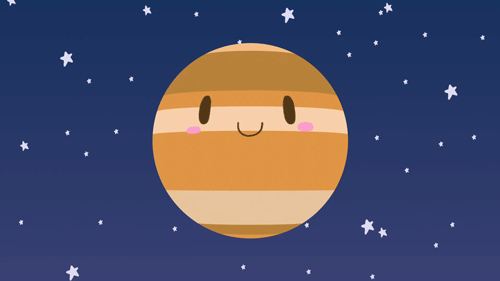
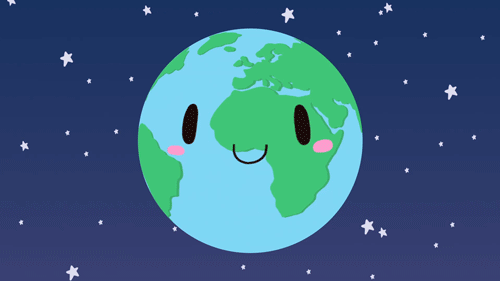


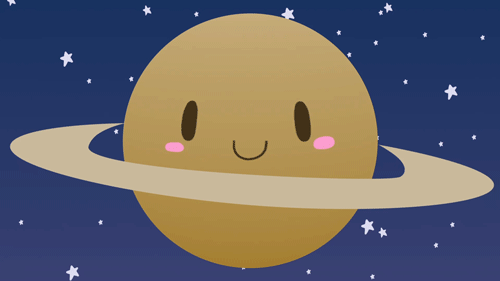

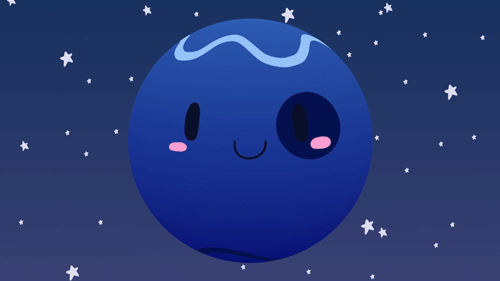
The Solar System!
More Posts from Starlost and Others
Black Hole Friday Deals!

Get these deals before they are sucked into a black hole and gone forever! This “Black Hole Friday,” we have some cosmic savings that are sure to be out of this world.
Your classic black holes — the ultimate storage solution.
Galactic 5-for-1 special! Learn more about Stephan’s Quintet.
Limited-time offer game DLC! Try your hand at the Roman Space Observer Video Game, Black Hole edition, available this weekend only.
Standard candles: Exploding stars that are reliably bright. Multi-functional — can be used to measure distances in space!
Feed the black hole in your stomach. Spaghettification’s on the menu.
Act quickly before the stars in this widow system are gone!
Add some planets to your solar system! Grab our Exoplanet Bundle.
Get ready to ride this (gravitational) wave before this Black Hole Merger ends!
Be the center of attention in this stylish accretion disk skirt. Made of 100% recycled cosmic material.
Should you ever travel to a black hole? No. But if you do, here’s a free guide to make your trip as safe* as possible. *Note: black holes are never safe.
Make sure to follow us on Tumblr for your regular dose of space!

Venus, the sun, and an airplane.

A cosmic kaleidoscope by Hubble Space Telescope / ESA
sometimes before i go to sleep, i like to get my cellphone, put my headphones on, play city lights by blanche and close my eyes and pretend that i am just floating on a rock in the outer space, all alone in the danger zone
Date the boy of the infinite. He who swirls and twists outside of time. Outside of space. He who would stop the ticking of the clock for you, to spend an eternity with you. He who would turn back the dial, to have another moment before you are gone. Always there, but always not.
COMPARISON PHOTOS: hubble vs james webb
SMACS 0723
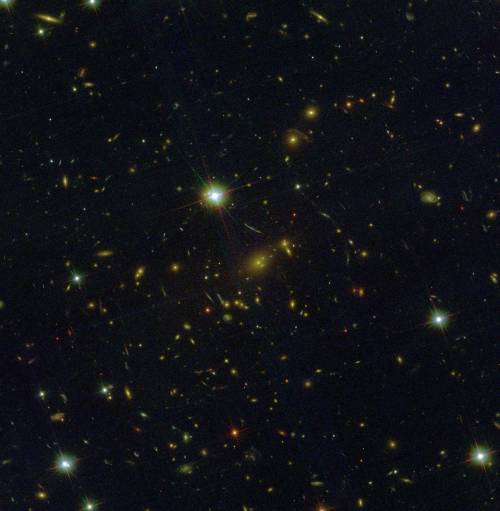
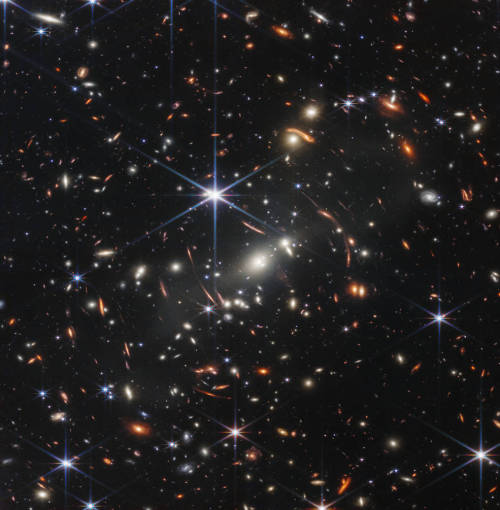
southern ring nebula

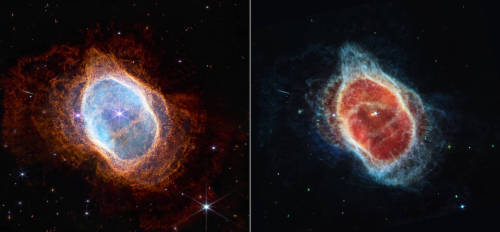
carina nebula (NGC 3324)
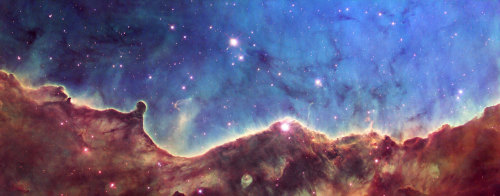

stephan's quintet


Something to think about that we don't usually think about
You actually can’t see light. You can only see what light hits.


See intricate cloud patterns in the northern hemisphere of Jupiter in this new view taken by NASA’s Juno spacecraft.
The color-enhanced image was taken on April 1 at 2:32 a.m. PST (5:32 a.m. EST), as Juno performed its twelfth close flyby of Jupiter. At the time the image was taken, the spacecraft was about 7,659 miles (12,326 kilometers) from the tops of the clouds of the planet at a northern latitude of 50.2 degrees.
Image credits: NASA/JPL-Caltech/SwRI/MSSS/Kevin M. Gill




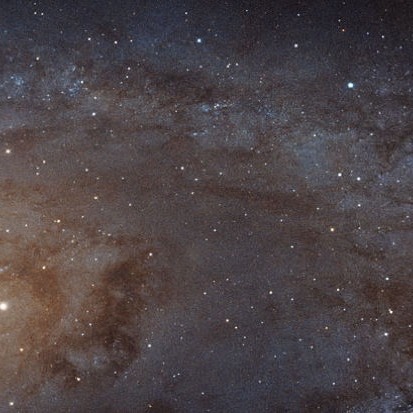




-
 allindiapers liked this · 2 months ago
allindiapers liked this · 2 months ago -
 cammyinjammies reblogged this · 2 months ago
cammyinjammies reblogged this · 2 months ago -
 chromium235 liked this · 2 months ago
chromium235 liked this · 2 months ago -
 acheronslittleone liked this · 2 months ago
acheronslittleone liked this · 2 months ago -
 a-r-t-e-m-i-s-i-a reblogged this · 2 months ago
a-r-t-e-m-i-s-i-a reblogged this · 2 months ago -
 dippersaurus reblogged this · 2 months ago
dippersaurus reblogged this · 2 months ago -
 carrie13xana reblogged this · 2 months ago
carrie13xana reblogged this · 2 months ago -
 really-dont-forget-it reblogged this · 3 months ago
really-dont-forget-it reblogged this · 3 months ago -
 do-not-forget-your-towel liked this · 3 months ago
do-not-forget-your-towel liked this · 3 months ago -
 abbessolute reblogged this · 3 months ago
abbessolute reblogged this · 3 months ago -
 coconut-milk-and-honey reblogged this · 3 months ago
coconut-milk-and-honey reblogged this · 3 months ago -
 girlboccaccio liked this · 3 months ago
girlboccaccio liked this · 3 months ago -
 yeahitsme74 reblogged this · 3 months ago
yeahitsme74 reblogged this · 3 months ago -
 anonymousreader4d7 liked this · 3 months ago
anonymousreader4d7 liked this · 3 months ago -
 friendly-neighbourhood-archon reblogged this · 3 months ago
friendly-neighbourhood-archon reblogged this · 3 months ago -
 leonauts reblogged this · 4 months ago
leonauts reblogged this · 4 months ago -
 leonauts liked this · 4 months ago
leonauts liked this · 4 months ago -
 masawi liked this · 4 months ago
masawi liked this · 4 months ago -
 kingfredandsons liked this · 5 months ago
kingfredandsons liked this · 5 months ago -
 eclipsawatcher liked this · 5 months ago
eclipsawatcher liked this · 5 months ago -
 strawberrycatworld reblogged this · 5 months ago
strawberrycatworld reblogged this · 5 months ago -
 strawberrycatworld liked this · 5 months ago
strawberrycatworld liked this · 5 months ago -
 sunflower-oksana reblogged this · 6 months ago
sunflower-oksana reblogged this · 6 months ago -
 silliestofguys liked this · 6 months ago
silliestofguys liked this · 6 months ago -
 safespace-forlittleones liked this · 6 months ago
safespace-forlittleones liked this · 6 months ago -
 winktv reblogged this · 6 months ago
winktv reblogged this · 6 months ago -
 just-2-silly liked this · 6 months ago
just-2-silly liked this · 6 months ago -
 lovebug-on-aleaf reblogged this · 6 months ago
lovebug-on-aleaf reblogged this · 6 months ago -
 vannycami liked this · 6 months ago
vannycami liked this · 6 months ago -
 little-rubus liked this · 6 months ago
little-rubus liked this · 6 months ago -
 xxnovaxwinterxxagereg reblogged this · 6 months ago
xxnovaxwinterxxagereg reblogged this · 6 months ago -
 perrywinklefairy liked this · 6 months ago
perrywinklefairy liked this · 6 months ago -
 blueinkboi liked this · 6 months ago
blueinkboi liked this · 6 months ago -
 saccharinesodaxd liked this · 6 months ago
saccharinesodaxd liked this · 6 months ago -
 umwaitwhatwhy liked this · 6 months ago
umwaitwhatwhy liked this · 6 months ago -
 pubbybabyboy liked this · 6 months ago
pubbybabyboy liked this · 6 months ago -
 tostedalex liked this · 6 months ago
tostedalex liked this · 6 months ago -
 sensoryprincess liked this · 6 months ago
sensoryprincess liked this · 6 months ago -
 vintageot5 liked this · 6 months ago
vintageot5 liked this · 6 months ago -
 reggie-of-puzzle reblogged this · 6 months ago
reggie-of-puzzle reblogged this · 6 months ago -
 potatoecakeowo liked this · 6 months ago
potatoecakeowo liked this · 6 months ago -
 jayceeartz liked this · 6 months ago
jayceeartz liked this · 6 months ago -
 softandsleepyboy reblogged this · 6 months ago
softandsleepyboy reblogged this · 6 months ago -
 the-pirate-captain reblogged this · 6 months ago
the-pirate-captain reblogged this · 6 months ago -
 sonhos-em-espelhos reblogged this · 6 months ago
sonhos-em-espelhos reblogged this · 6 months ago -
 zygarde22 liked this · 6 months ago
zygarde22 liked this · 6 months ago

andrei, he/him, 21, made this at 14 when i was a space nerd but i never fully grew out of that phase so,,,,..,hubble telescope + alien life + exoplanet + sci fi nerd
245 posts




